What is a Shredded Umbrella Plant?
The shredded umbrella plant (Syneilesis aconitifolia) is a herbaceous perennial native to China, Korea, Japan, and eastern Russia. It is known for its unique and attractive foliage, which resembles shredded umbrellas. The leaves are large and deeply divided, with serrated edges. The shredded umbrella plant produces pinkish-white flowers in the summer, but it is grown primarily for its foliage.

Rainbow Rhythm Daylily: Adding A Splash Of Color To Your Garden
| Characteristic | Details |
|---|---|
| Scientific name | Syneilesis aconitifolia |
| Common name | Shredded umbrella plant, Tattered umbrella |
| Plant type | Herbaceous perennial |
| USDA hardiness zones | 5-8 |
| Sun exposure | Full shade to part shade |
| Soil type | Well-drained, humus-rich, moist soil |
| Water needs | Moderate, especially during hot, dry weather |
| Flower color | Pinkish-white |
| Bloom time | June-July |
| Propagation | Division, rhizome cuttings, seed |
| Uses | Shade garden, cottage garden, woodland, naturalized setting, container plant, specimen, mass planting |
| Pests and diseases | No serious insect or disease issues, but slugs and snails may be seen. |
Where to plant a shredded umbrella plant?
The shredded umbrella plant prefers to grow in full shade to part shade. It can tolerate full sun in cooler climates, but it will need more water in these conditions. The shredded umbrella plant also prefers well-drained, humus-rich soil.
How to plant a shredded umbrella plant?
To plant a shredded umbrella plant, dig a hole that is twice as wide as the root ball of the plant. Loosen the soil in the bottom of the hole and amend it with compost or manure. Place the plant in the hole and backfill with soil, tamping it down gently to remove any air pockets. Water the plant thoroughly.
How to care for a shredded umbrella plant?
The shredded umbrella plant is a relatively low-maintenance plant. It needs regular watering, especially during hot, dry weather. However, be careful not to overwater the plant, as this can lead to root rot. The shredded umbrella plant also benefits from occasional fertilization with a balanced fertilizer.
The shredded umbrella plant is generally pest- and disease-resistant. However, it can be susceptible to slugs and snails. If you see slugs or snails on your plant, you can pick them off by hand or use a slug and snail bait.
Propagating a shredded umbrella plant
The shredded umbrella plant can be propagated by division. To do this, simply dig up the plant and divide the clump into two or more sections. Replant the sections immediately and water thoroughly.
Common problems with shredded umbrella plants
The shredded umbrella plant is a relatively trouble-free plant. However, there are a few common problems that can occur.
- Overwatering: Overwatering is the most common problem with shredded umbrella plants. It can lead to root rot, which can kill the plant. Be careful not to overwater the plant, and allow the soil to dry out slightly between waterings.
- Slugs and snails: Slugs and snails can damage the leaves of the shredded umbrella plant. If you see slugs or snails on your plant, you can pick them off by hand or use a slug and snail bait.
- Leaf scorch: Leaf scorch can occur if the shredded umbrella plant is exposed to too much sun. If you live in a hot climate, plant the shredded umbrella plant in part shade or full shade.
Tips for growing a healthy shredded umbrella plant
- Plant the shredded umbrella plant in full shade to part shade. It can tolerate full sun in cooler climates, but it will need more water in these conditions.
- Plant the shredded umbrella plant in well-drained, humus-rich soil.
- Water the shredded umbrella plant regularly, especially during hot, dry weather. However, be careful not to overwater the plant, as this can lead to root rot.
- Fertilize the shredded umbrella plant occasionally with a balanced fertilizer.
- The shredded umbrella plant is generally pest- and disease-resistant. However, it can be susceptible to slugs and snails. If you see slugs or snails on your plant, you can pick them off by hand or use a slug and snail bait.
Conclusion
The shredded umbrella plant is a beautiful and low-maintenance plant that is perfect for shady gardens. With proper care, your shredded umbrella plant will thrive for many years to come.
FAQs
What plant looks like an umbrella tree?
The umbrella plant (Schefflera arboricola) is a popular houseplant that looks like a miniature tree. It has glossy green leaves that are arranged in a radiating pattern, giving the plant a distinctive umbrella-like appearance. The umbrella plant is a relatively low-maintenance plant that is easy to care for.
Another plant that looks like an umbrella tree is the Australian umbrella tree (Brachychiton acerifolius). This tree is native to Australia and can grow up to 60 feet tall. It has large, maple-like leaves that are arranged in a canopy that resembles an umbrella. The Australian umbrella tree is a popular ornamental tree that is often planted in parks and gardens.
Is umbrella plant perennial?
Yes, the umbrella plant is a perennial plant. This means that it will live for more than two years. The umbrella plant is native to tropical and subtropical regions, but it can be grown as a houseplant in colder climates.
What is the flower that looks like an umbrella?
The flower that looks like an umbrella is the Queen Anne’s lace (Daucus carota). This wildflower is native to Europe and Asia, but it has been introduced to many other parts of the world, including North America. Queen Anne’s lace has small white flowers that are arranged in clusters that resemble umbrellas.
Another flower that looks like an umbrella is the alliums. Alliums are a family of plants that includes onions, garlic, leeks, and chives. Many alliums have flowers that are arranged in clusters that resemble umbrellas. For example, the purple allium (Allium giganteum) has large purple flowers that are arranged in clusters that can be up to 12 inches wide.

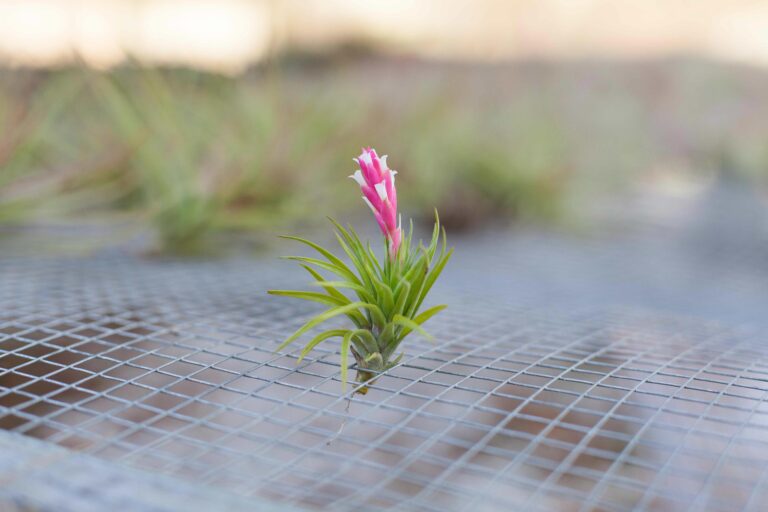
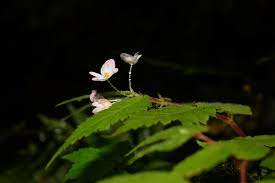
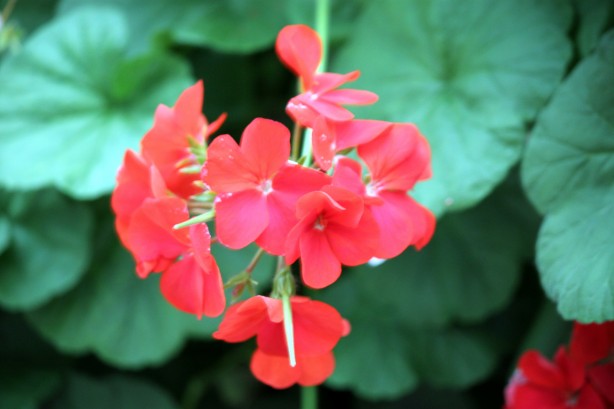
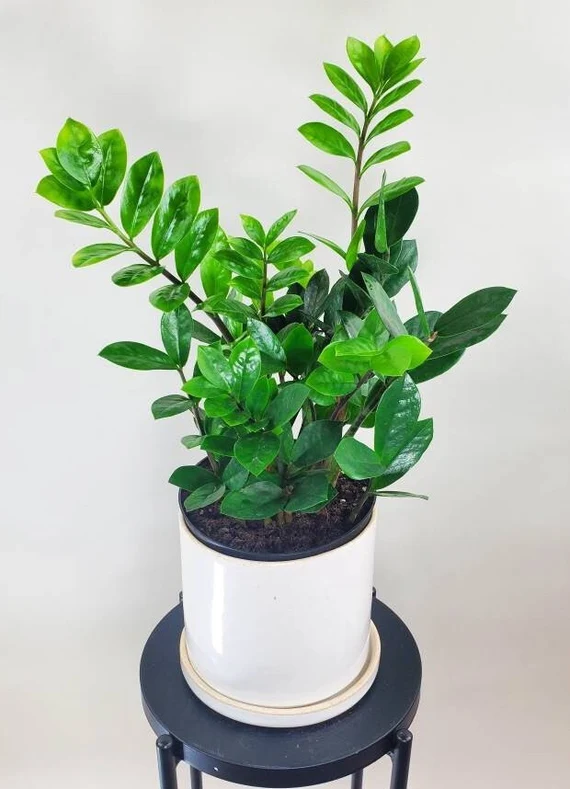
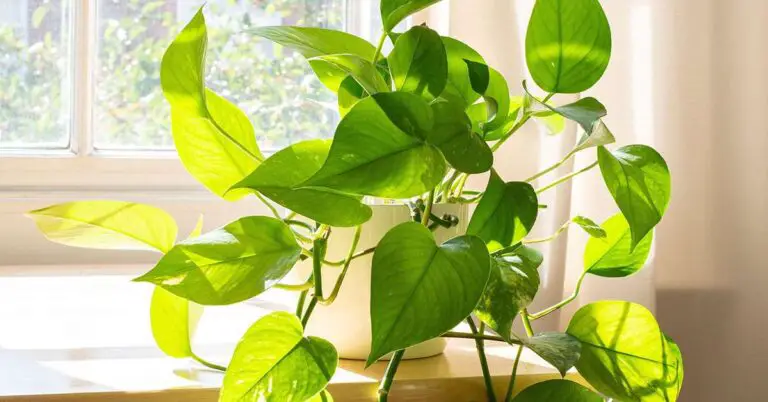
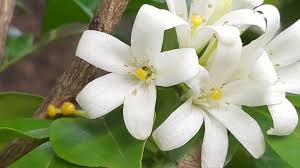

Can you be more specific about the content of your article? After reading it, I still have some doubts. Hope you can help me.